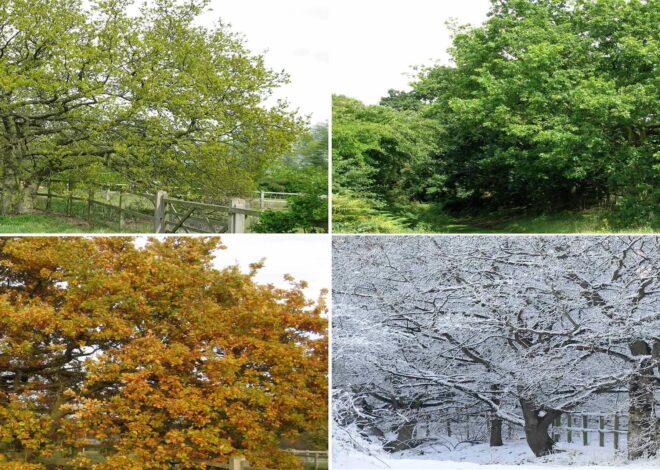How Night Vision Allows People to Watch Nocturnal Wildlife
Watching wildlife in their natural habitat can be a wonderful experience for any person to see how other forms of life live and exist. People do not necessarily have to be nature enthusiasts or avid bird watchers to appreciate the unique naturalistic instincts, behaviour and movement of wildlife. Natural daylight provides the best opportunity for any form of wildlife to be seen by the human eye as it is the only time of the day in which they search for food for themselves or their babies. Household gardens can provide the perfect foundation for people to view birds at close quarters, particularly those who put out bird food, tables and water baths to welcome them in.
Although a considerably large percentage of birds and mammals are diurnal and can only be seen during daylight hours, there are a few that are nocturnal and come out of their natural habitat during the night. Owls and bats are archetypal examples of nocturnal animals which are either predominately nocturnal, or carry out specific tasks, such as looking for food or migrating, during night-time hours. As they remain away from visible light, it makes visibility and watching them extremely difficult for people who wish to see nocturnal animals.
Binoculars are designed and manufactured to provide scoped vision during daylight hours to effectively view birds or other animals from a considerable distance away. As many forms of binocular are not fitted with night vision mode, avid bird watchers must source specialist technology in order to view wildlife during every hour of the day.
Ever-evolving technology has culminated in the emergence and subsequent availability of night vision products that are tested and approved to be effective in viewing birds and other wildlife during night-time hours. The quality of scope and vision provided can be instantly appreciated by people who wish to view owls, bats or any other form of nocturnal animal in the dark.


